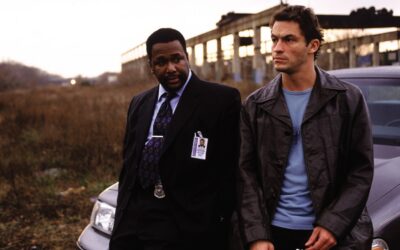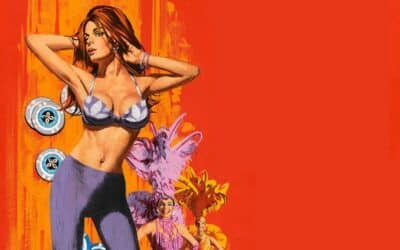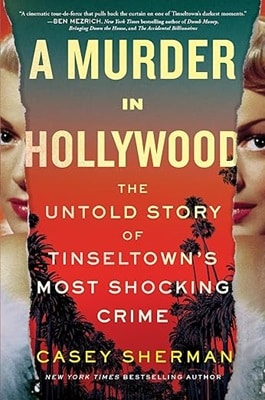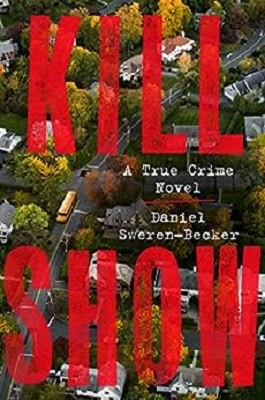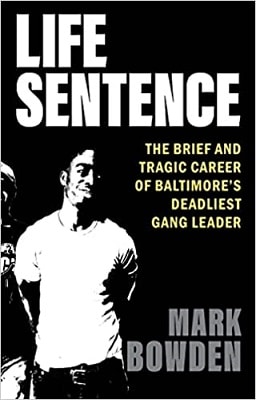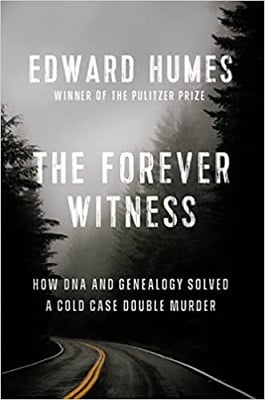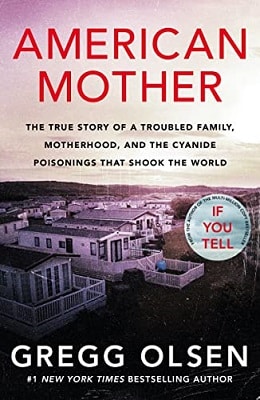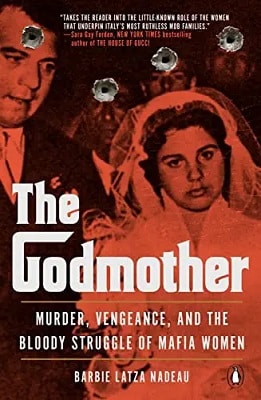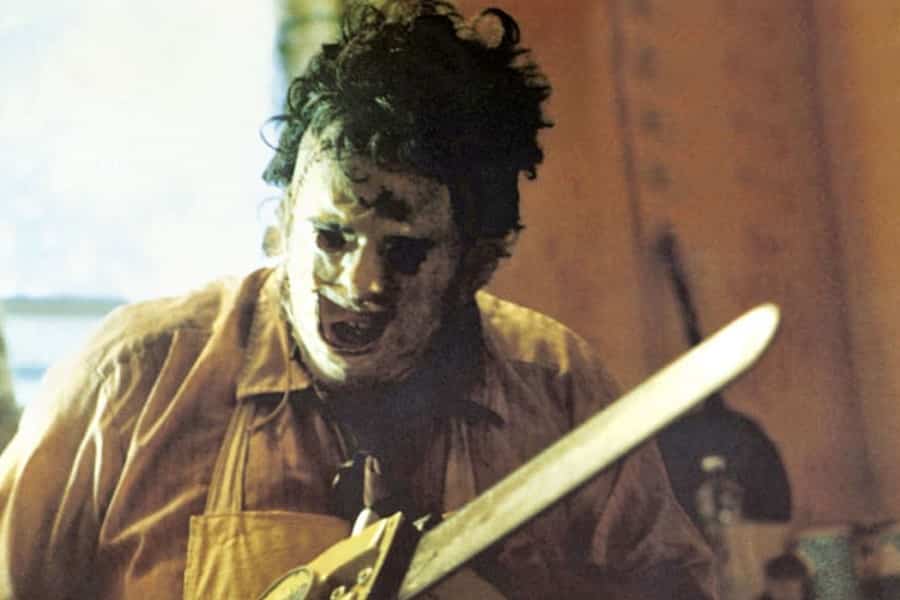
Murder Muses
by Jason Roberts
One of the darker muses and influential bogey men was the American murderer and necrophile Ed Gein. Gein was only convicted of two murders, though he was suspected of many more. However, it was his bizarre obsession with his mother and his postmortem perversions that made him infamous. Robert Bloch was the first to fictionalize Gein as the unhinged character of Norman Bates in his novel Psycho. Horror mainstay Leatherface, of the Texas Chainsaw Massacre franchise, was also loosely based on Gein, who was known to make clothing and masks from human flesh. Thomas Harris borrowed a page from Gein’s playbook for the character of Buffalo Bill in Silence of the Lambs.
Gein was only one of the borrowed monsters that Harris employed in his novels. The character of Hannibal Lecter and his crimes were forged from an amalgam of real murderers and serial killers. The principal influence was a Mexican doctor named Alfredo Balli Trevino, convicted for the murder and dismemberment of his lover, and suspected of killing and mutilating several backpackers in the 1950s. It was said of Trevino that he could “package his victim in a surprisingly small box.” It was Trevino’s propensity for sitting incredibly still and his air of elegance that sparked Harris to create Lecter. Additionally, elements of Albert Fish, Andrei Chickatillo, and the Monster of Florence have all worked their way into the complex psychology of Dr. Lecter. If you are unfamiliar with the references, Google them at your own risk.
Before the O.J. Simpson trial captivated the nation, there was the 1954 trial of Sam Sheppard. Sheppard, a respected neurosurgeon, stood charged with the murder of his wife. The circumstances of the case strongly suggested that Sheppard was guilty, though there was also compelling evidence to the contrary. Initially, Sheppard was found guilty and sentenced to life in prison. However, in 1966, he was granted a retrial on the grounds that his first trial was biased and influenced by the sensationalism surrounding the case. Sheppard’s attorney in the second trial was a young F. Lee Bailey, who made a name for himself by securing Sheppard’s acquittal. Bailey would go on to serve on OJ’s “Dream Team,” while Sheppard, oddly, would become a professional wrestler.
It’s hard to overstate the influence this trial had on modern literature and crime drama. Elements of the case have been borrowed in countless novels, TV shows, and movies. Edward Hoch immortalized Sheppard as the detective Dr. Sam Hawthorn in his stories, Adam Ross reinvented him as a police detective in his book Mr. Peanut, and Max Allan Collins told the Shepard story from the viewpoint of a private detective investigating the case in his book Do No Harm. Law and Order took its stab at it, as did numerous other police procedural shows, and it’s been the subject of dozens of true crime documentaries. The television drama The Fugitive was based on the Sheppard case, as was the movie of the same name starring Harrison Ford. My favorite reference, though uncredited, is Andy Dufresne from Steven King’s Rita Hayworth and Shawshank Redemption.
Like Ed Gein, Billy Cook is another fiend cut from the headlines and mythologized into American culture. In 1950, Cook went on a murder spree, posing as a hitchhiker and killing six people. Most notable among the victims were the Mosser family, whom he forced to drive around the desert aimlessly for three days before shooting them and disposing of their bodies in an abandoned mine shaft. Several films were based on the crimes, notably 1953’s The Hitch-Hiker, The Hitcher, and Jim Morrison’s HWY. Morrison was fascinated with the Cook murders, further alluding to them in the lyrics of The Doors’ song, “Riders on the Storm.” “There’s a killer on the road… his brain is squirming like a toad… If you give this man a ride… sweet family will die.” The influence of Cook’s crimes on modern fiction is undeniable, albeit more esoteric than direct. The trope of the murderous hitchhiker on a lonely road is his dubious gift to mankind.
In January of 1958, 19-year-old Charles Starkweather murdered the parents of his 13-year-old girlfriend, Caril Anne Fugate, before the two went on a multi-state killing spree that would ultimately claim 11 lives. If the story sounds familiar, it should, it’s essentially the plot of Oliver Stone’s Natural Born Killers. Stone’s was not the only film adaptation, there is also Badlands, Murder in the Heartland, The Frighteners, and The Sadist to name a few. Authors Lawrence Brock, Wright Morris, and Ninette Beaver, among many others, have all written novels based on the Starkweather case. To say that their crimes were influential would be an understatement. If Natural Born Killers is any judge, Starkweather and Fugate are more an indictment of American culture than a historic anomaly.
Darker still are the adaptations of serial killers into our books and movies. The character of Patrick Bateman in Bret Easton Ellis’ American Psycho was loosely based on Ted Bundy’s charming personality. In Silence of the Lambs, Dr. Lecter’s helpful tutelage of Clarice Starling also owes a nod to Bundy, who offered his services to the FBI in profiling serial killers. Dennis Radar, the BTK Killer, finds his way into a Thomas Harris novel via the character Francis Dolarhyde from Red Dragon. Stephen King uses the BTK killings as inspiration for his novella A Good Marriage. Perhaps the most prolific font of inspiration stems from the enigmatic Zodiac Killer. With his taunting of the police, cryptic cyphers, and terrifying efficiency, the Zodiac is pure nightmare fuel. From Dirty Harry to The Batman, and too many to mention in between, few have inspired more fictional deranged lunatics than the Zodiac.
You won’t find these names in the acknowledgments or rolling with the credits, yet without them there might not be a story to tell. As unsettling as these influences might be, they are proof positive that nothing in this world is wasted, everything has its purpose, even the most heinous of things.
About the Author
Jason Roberts is a lifetime Pacific Northwest resident, novelist, blogger, narrator, and freelance writer. His macabre tales of horror and cosmic conspiracies have captivated dozens world-wide. When not hunched over his keyboard, destroying his posture, he enjoys catering to the ridiculous whims of his tyrannically adorable three-year-old daughter, Emery. Should any time remain in the day, you might find him holed up in his basement studio, recording and producing garage bands.
jasonrobertsonline.com | amazon.com| facebook.com | twitter.com| instagram.com

Crime Features
Criminal Fashion
Iconic Outfits and Styles in Crime Fiction
Ethics in Crime Fiction
Exploring Morality in Law and Order
Hard Case Crime
Celebrating its 20th anniversary


